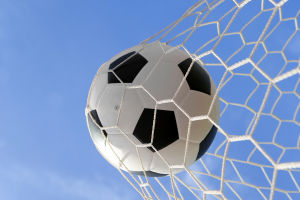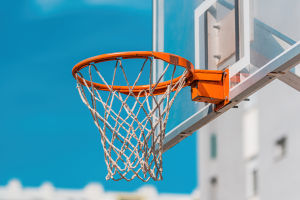Knowing the rules makes you a smarter player. For Lykkers who want to stay out of foul trouble, avoid costly turnovers, and keep the game flowing, this guide is all about understanding fouls and violations in basketball.
You don't have to be a referee, but learning what's legal (and what's not) helps you play with confidence and control. From reaching fouls to traveling calls, this guide breaks down the basics in a way that's easy to remember and use in real game situations. Let's dive into how to keep your play sharp—and clean.
Part 1: Understanding Fouls
What Counts as a Foul?
A foul usually involves illegal physical contact that gives one player an unfair advantage. If you hit, hold, push, trip, or reach in on a player, it's probably a foul.
You can still play tough defense—just keep your hands active but controlled, and use your feet to stay in front. Remember, it's okay to challenge shots and passes, but contact that disrupts motion or balance can lead to a whistle.
Personal Fouls and Team Fouls
When you foul, it's a personal foul. Once your team reaches a certain number (usually five or six per quarter), those fouls become team fouls—and the other team shoots free throws even if they weren't in the act of shooting.
Keep an eye on the scoreboard and stay aware of how many fouls you and your team have. It might be smarter to back off rather than risk giving away easy points.
Shooting Fouls
If you foul someone while they're shooting, they usually get free throws—two if it was a regular shot, three if it was a three-pointer. If they make the shot, they get one extra free throw.
Try not to swipe at the shooter. Instead, contest with your hand up and your body under control. A clean contest is way better than a risky block attempt.
Offensive Fouls
You can commit a foul even on offense. If you push off with your forearm, charge into a stationary defender, or set a moving screen, it's an offensive foul—and your team loses the ball.
Set solid screens, control your drives, and keep your arms and shoulders in check when posting up or cutting.
Part 2: Recognizing Violations
Traveling
A travel happens when you take too many steps without dribbling the ball. It can also happen if you move your pivot foot after picking up the dribble.
To avoid this, work on your footwork—especially your first step and jab moves. Practice catching and pivoting in control, and don't rush your drives.
Double Dribble
This occurs when you stop dribbling, then start again, or when you dribble with both hands at the same time.
Keep your dribble alive unless you're ready to pass or shoot. And always use one hand at a time unless you're switching hands mid-dribble.
Carrying (Palming)
If your hand slides under the ball and you "carry" it while dribbling, that's a violation. It often happens during hesitation moves.
Stay smooth and keep your hand on top or slightly to the side of the ball. Practice change-of-pace moves without letting the ball stop or float.
Backcourt and 3-Second Violations
If your team crosses half-court with the ball, you can't pass or dribble it back. That's a backcourt violation.
Also, on offense, players can't stay in the key (paint area) for more than three seconds without clearing out. Keep moving, cut in and out of the lane, and stay aware of spacing.
Five-Second and Shot Clock Violations
If you hold the ball for too long during an inbound or without making a move, it could be a five-second call. If your team doesn't shoot before the shot clock runs out, it's a turnover.
Play with purpose, read the clock, and move the ball to avoid getting stuck.
Basketball is fast, but understanding the rules helps you slow it down in your mind. When you know what's legal, you can play harder without guessing—and avoid fouls and violations that stop your flow.
So Lykkers, take these basics with you into every game. Whether you're playing defense, running the break, or setting up in the half court, play smart and stay sharp. Respect the game, stay in control, and let your knowledge fuel your confidence. That's how you earn trust—and win clean.


